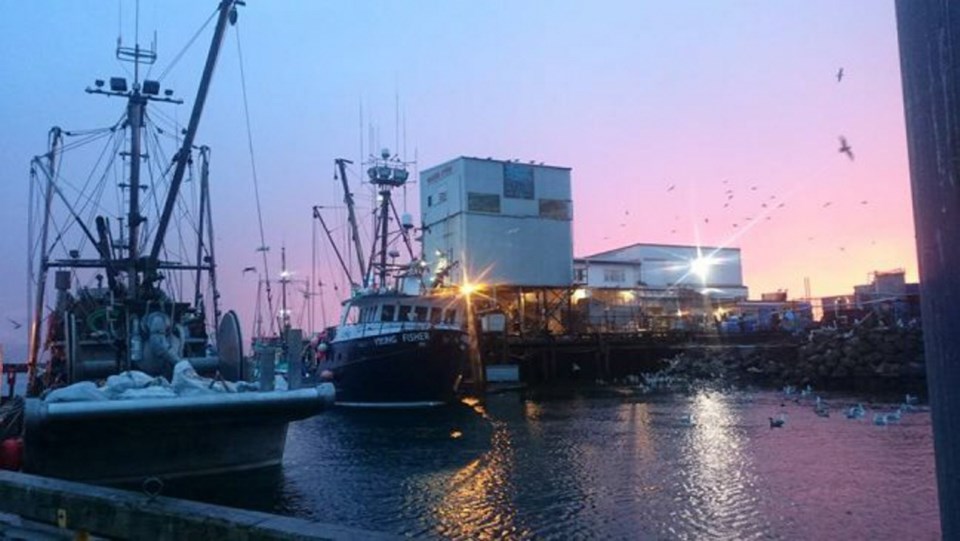In a few weeks, bears, wolves, whales, fish, seals, sea lions and seabirds will spring into frenzied action in and around British Columbia’s Salish Sea. They will feed on herring and its roe.
Residents will stand on the shorelines with cameras and gasp at the beauty before them: snow-capped mountains lining a sea that sparkles blue, yellow, purple and pink. Completing this iconic picture that will soon flood social-media feeds will be commercial fishing boats, swarmed by seagulls.
This is what herring season looks like on Vancouver Island. But what many of us don’t see is the most important part of the story, what’s happening beneath the thin blue line. The impact of these fishing boats on this pristine ecosystem reflects a poorly managed fishery that is not based on science, economy or demand.
SeaLegacy — along with Pacific Wild, Sitka, Conservancy of Hornby Island, the Association of Denman Island Marine Stewards and more than 43,000 concerned individuals — is calling for an end to the herring fishery that is about to begin south of the Great Bear Rainforest. We’ve already had to shut down four out of the five herring fisheries in B.C. because of low herring populations. Protecting the remaining herring in the Strait of Georgia is the only option we have to save our coast from devastation.
Herring-fishery earnings are a fraction of what they used to be, providing only a small number of seasonal jobs. About 90 per cent of the estimated 21,000 tons of herring expected to be harvested this year are reduced to food for fish farms, pet food and oil.
Herring is a foundation fish, a keystone species that ties an entire ecosystem together. One herring can spawn nine times in its lifetime. The herring fishery is sometimes referred to as “the kill fishery” because after the roe is extracted from the females, they are killed, along with the males. To make matters worse, the Department of Fisheries and Oceans is comparing current populations with, and basing management decisions on, data from 1951. While 21,000 tons of herring might not sound like a lot, it is 42 million pounds, representing about 130 million fish.
This practice is not sustainable, and it’s ludicrous to us that DFO is expected to manage our fisheries effectively when it is simultaneously accountable to both the interests of aquaculture and environmental sustainability. This is a fundamental conflict of interest, the results of which were experienced when the Atlantic cod fishery on the East Coast collapsed in 1992 because of overfishing. Are we going to suffer the same fate on the West Coast of Canada?
Herring are more valuable in the water than out. They feed chinook salmon, which in turn, feed the southern resident killer whales that are already struggling to survive in the Salish Sea and are a vital component in this ecosystem.
We implore everyone who wants the incredible vibrancy of the Salish Sea to remain intact to make your voice heard and call for a ministerial order to suspend the commercial herring fishery in the Strait of Georgia.
Paul Nicklen and Cristina Mittermeier are co-founders of SeaLegacy, National Geographic photographers and residents of Vancouver Island.



